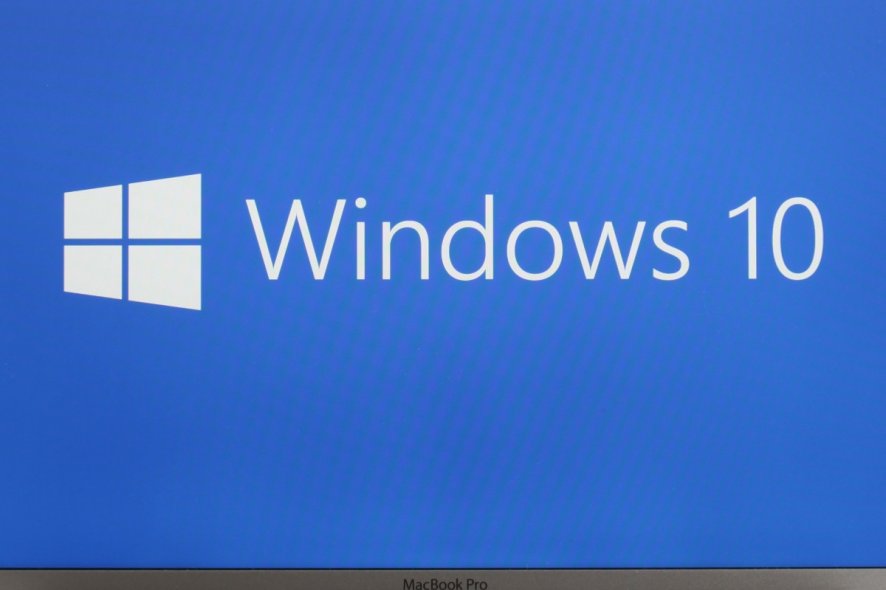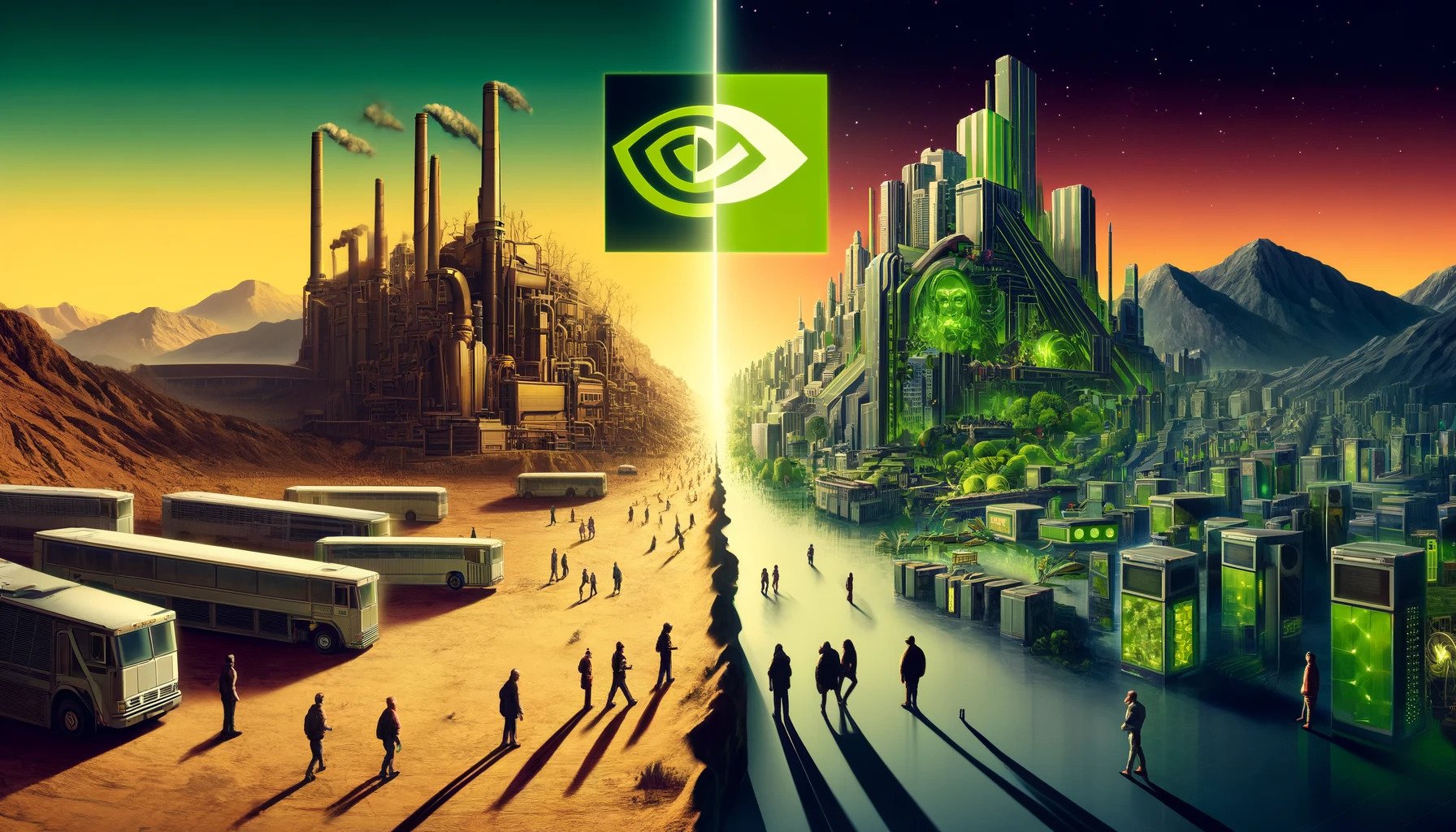Windows 10 2004/ 11 GPU scheduling option causes stream lag
2 min. read
Updated on
Read our disclosure page to find out how can you help Windows Report sustain the editorial team Read more
Key notes
- Enabling hardware accelerated GPU scheduling on Windows 10 2004 may trigger GPU overload related issues, even when the system is idle.
- The feature has caused heavy stream lag for some users.
- For PC graphics troubleshooting guide, visit the GPU page right away!
- Don't hesitate to check out the Windows 10 hub for news, OS updates, UI guides, and more.

The Windows 10 May 2020 Update introduced a couple of ready-to-use features. Those included the new Cortana app, which is now in general availability. Also, the OS came with others like hardware accelerated GPU scheduling, which is undergoing beta testing at the moment.
But, as one Reddit user reports, the hardware accelerated GPU scheduling experience isn’t exactly smooth in certain scenarios.
Hardware accelerated GPU scheduling setting issue
As a Windows 10 insider, you have to turn on hardware accelerated GPU scheduling to use it on your PC. That’s because it’s off by default.
However, it just so happens that, when the feature is on but idle, your PC may indicate an abnormally high percentage of GPU usage. In the case of the Reddit user, their PC would indicate 70% plus GPU usage each time they moved the mouse or interacted with the touch screen.
The user claims to have identified the hardware accelerated GPU scheduling setting as the root cause of their trouble. That diagnosis makes sense if the problem disappears after disabling the option.
I encountered the problem of my integrated GPU shooting from ~5% of idle usage to in excess of 70% usage whenever I moved the mouse or interacted with the touchscreen. I am on Dev Build 20067-1754 and after some work tracked it to the “Hardware-accelerated GPU scheduling” option. With this setting disabled, mouse movement and idle usage only rarely causes the GPU to go above 1%.
Apart from that, the Windows 10 insider claims that turning the feature off solved the problem for a Twitch streamer. The affected user would run into heavy stream lag lasting up to 30 seconds in certain situations, according to the insider.
All in all, you may reasonably expect the graphics processing capability to have some issues here and there before hitting general availability. Also, keep in mind that it’s only recently that some graphics cards received driver updates to support the Windows 10 2004 feature.
Have you worked with the new Windows 10 GPU scheduling capability yet? Please share your experience with the graphics feature in the comments section below.








